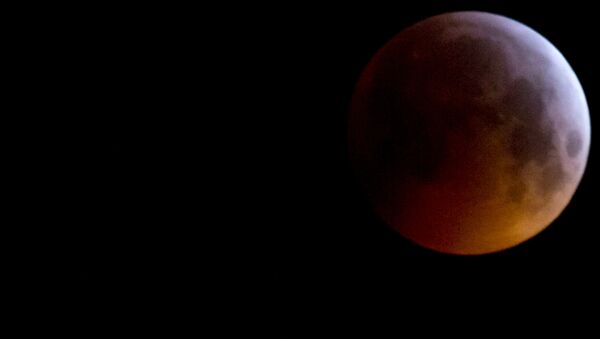The phenomenal video captured by SDO shows the moon passing in front of the sun, then goes out of the frame and moves backwards. However, astronomers explained that this is just an optical illusion, created when a celestial object appears to move backwards because of the way that other objects move at different speeds at different points in their orbits.
READ MORE: Conspiracy Theorist Says China Launched Artificial Moon
During this case, the Moon moves left to right during the first part of the transit, which appears to be “reverse” motion. SDO overtakes the Moon, moving at about 1.9 miles per second perpendicular to the Sun-Earth line compared to the Moon's 0.6 miles per second, making the Moon appear to move in the opposite direction to the one seen from the Earth’s surface.
After that, when the Moon stops and rewinds, SDO is entering the dusk part of its orbit and starts to move away from the moon. The spacecraft became parallel to the Moon’s shadow, and the Moon, again, starts to move faster than SDO, moving in the opposite direction, the same direction as a stationary observer on Earth.
This is not the first time that SDO has seen the Moon move in two directions in a lunar transit. The Moon just happened to stay in SDO’s sight when it began the dusk part of the orbit, which led to the freeze frame effect.
On this occasion, the full event took a little over 4 hours on the night of March 6, with the Moon blocking up to 82 percent of the sun's face.
SDO has been in geosynchronous orbit since 2010, aiming to study the sun in a range of wavelengths.



